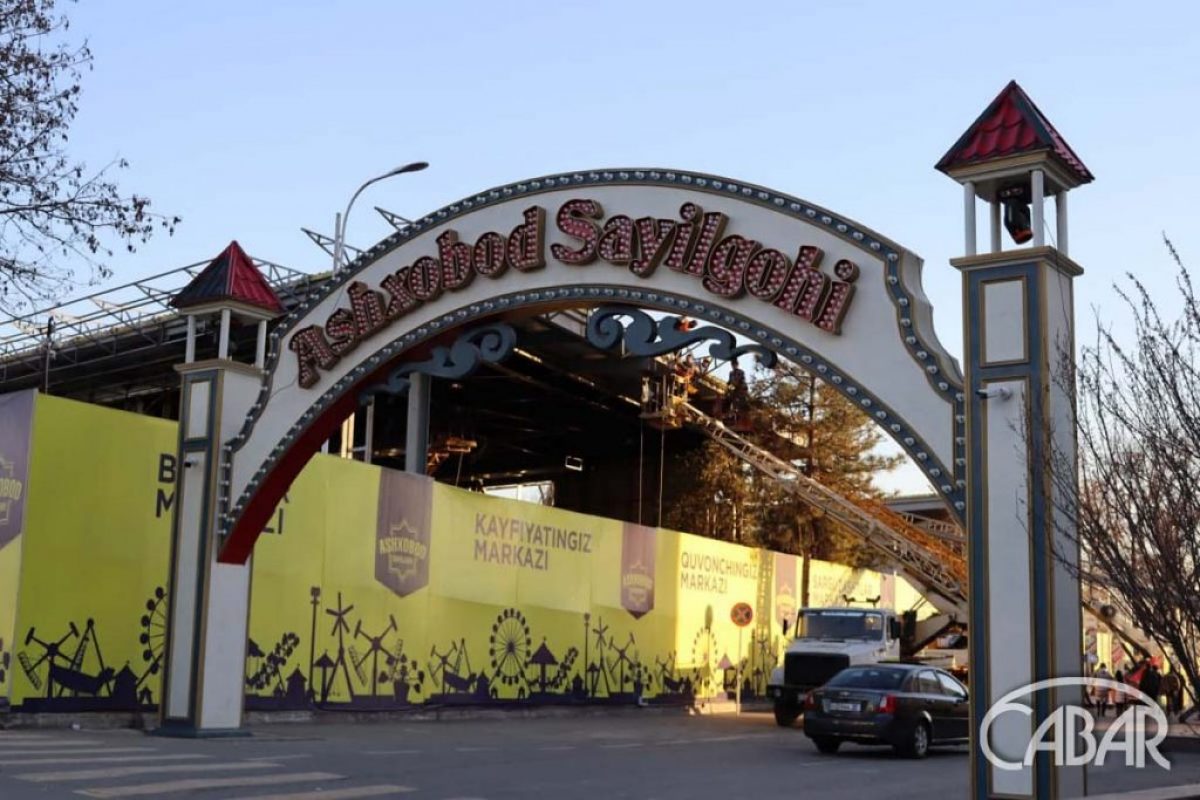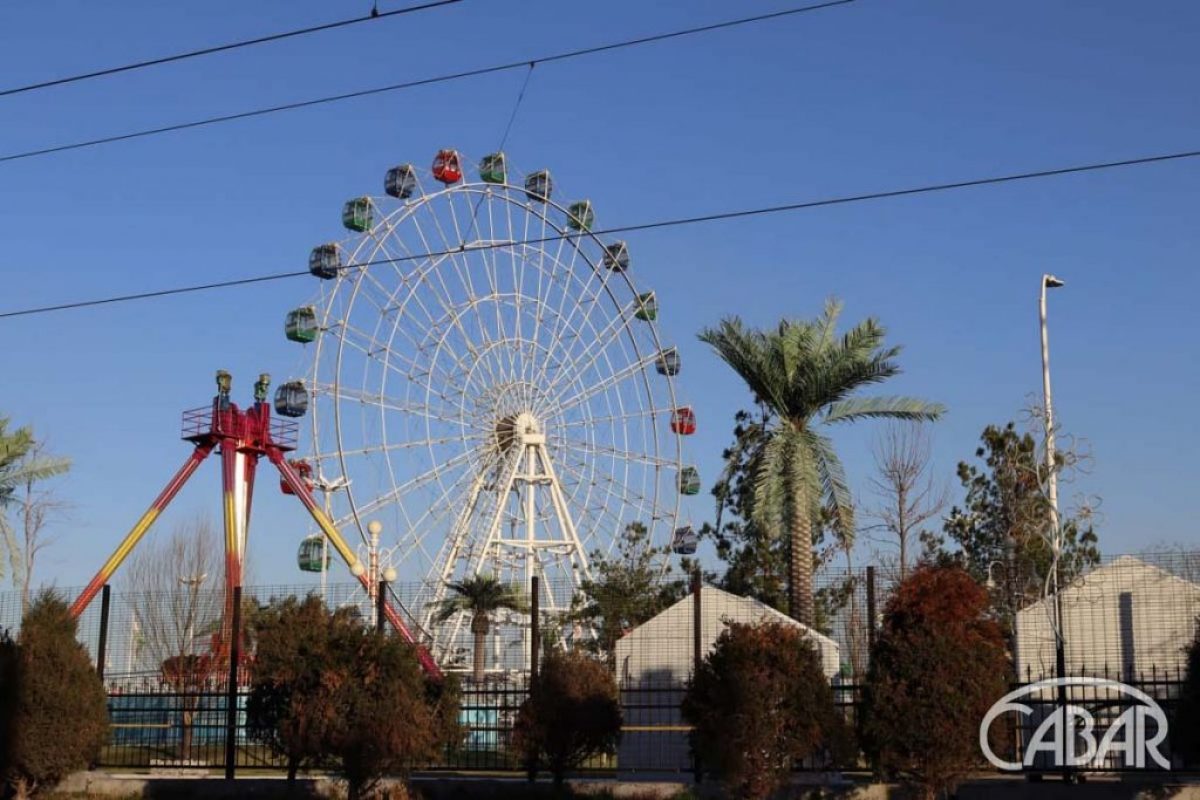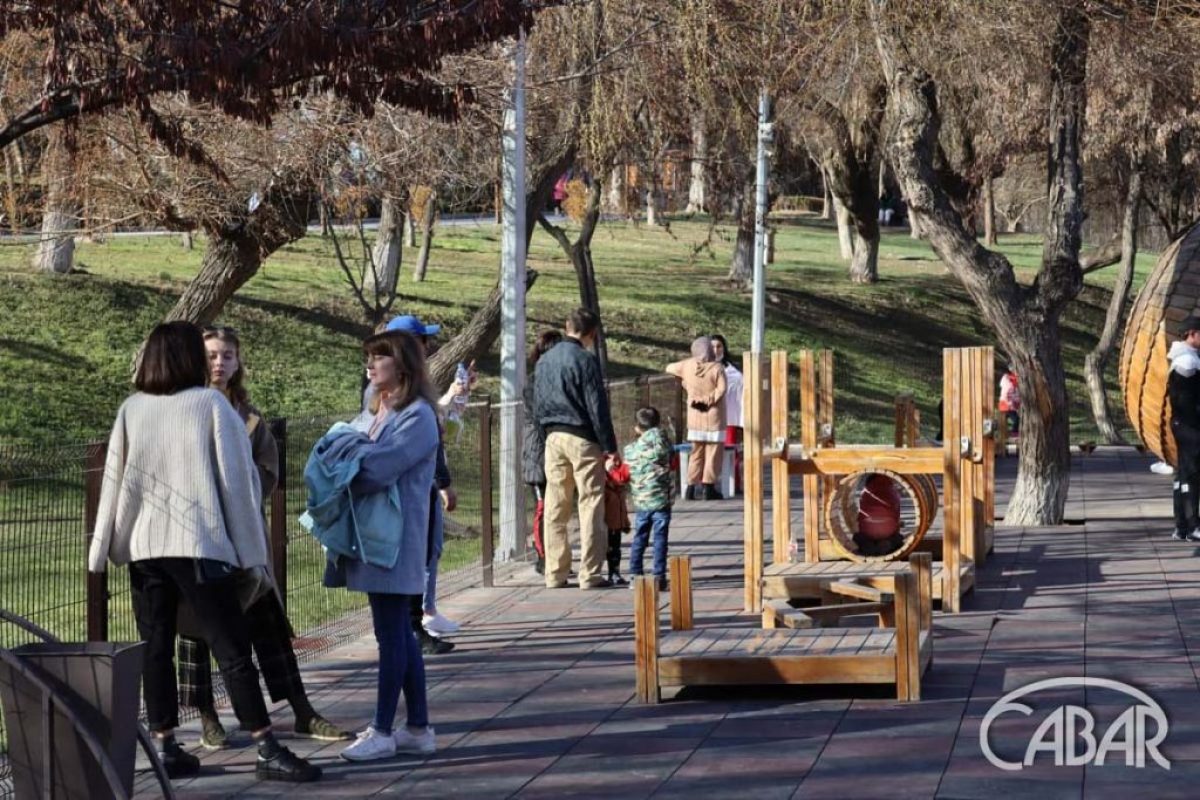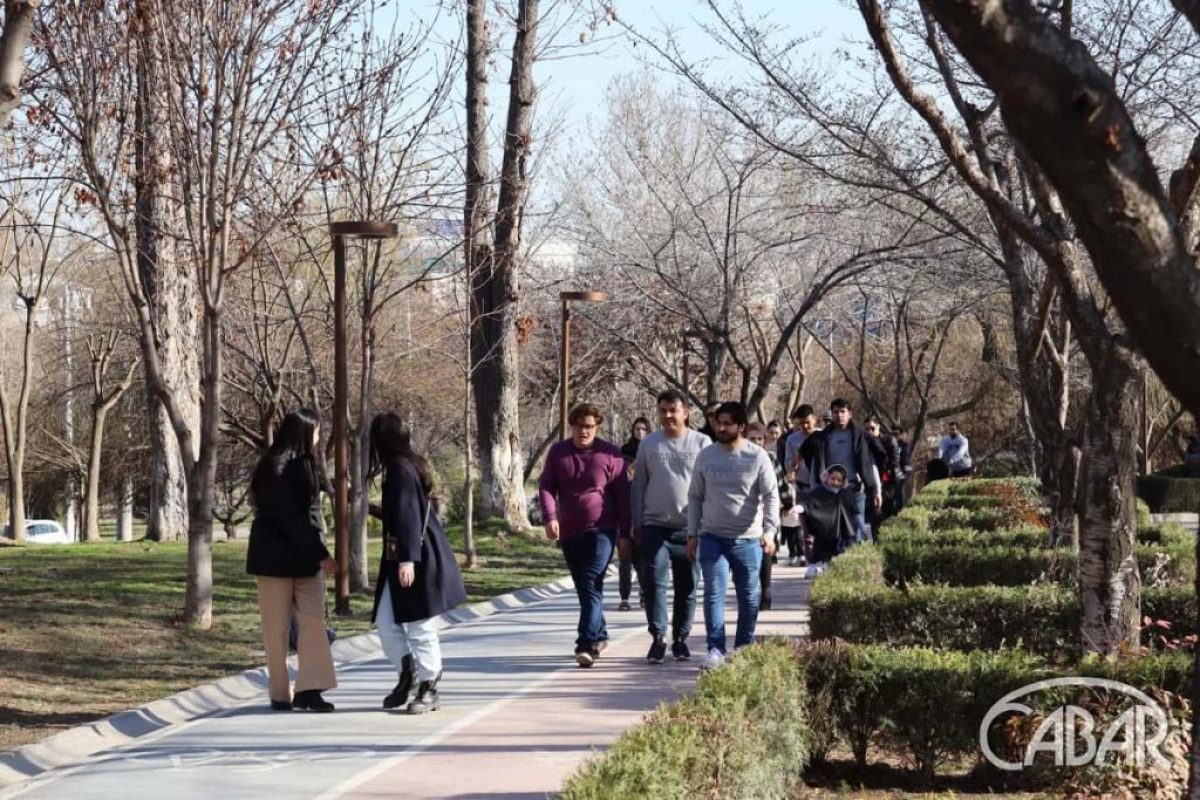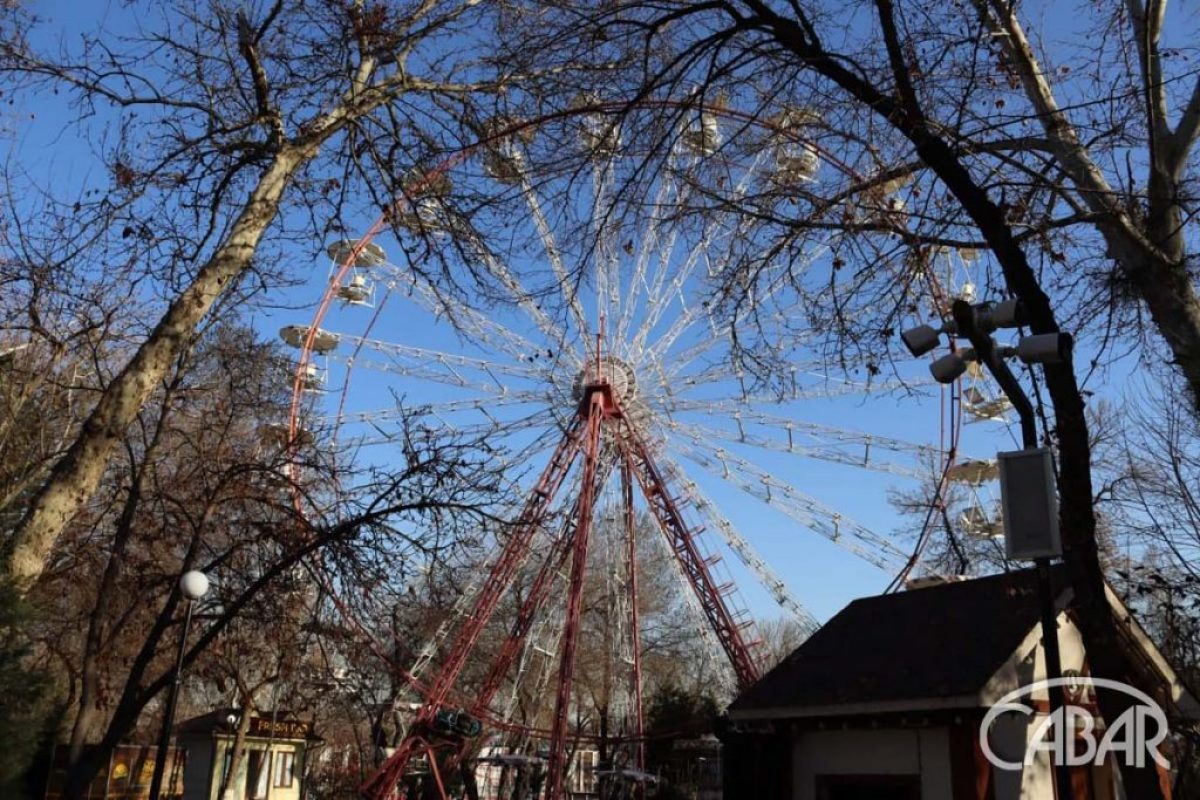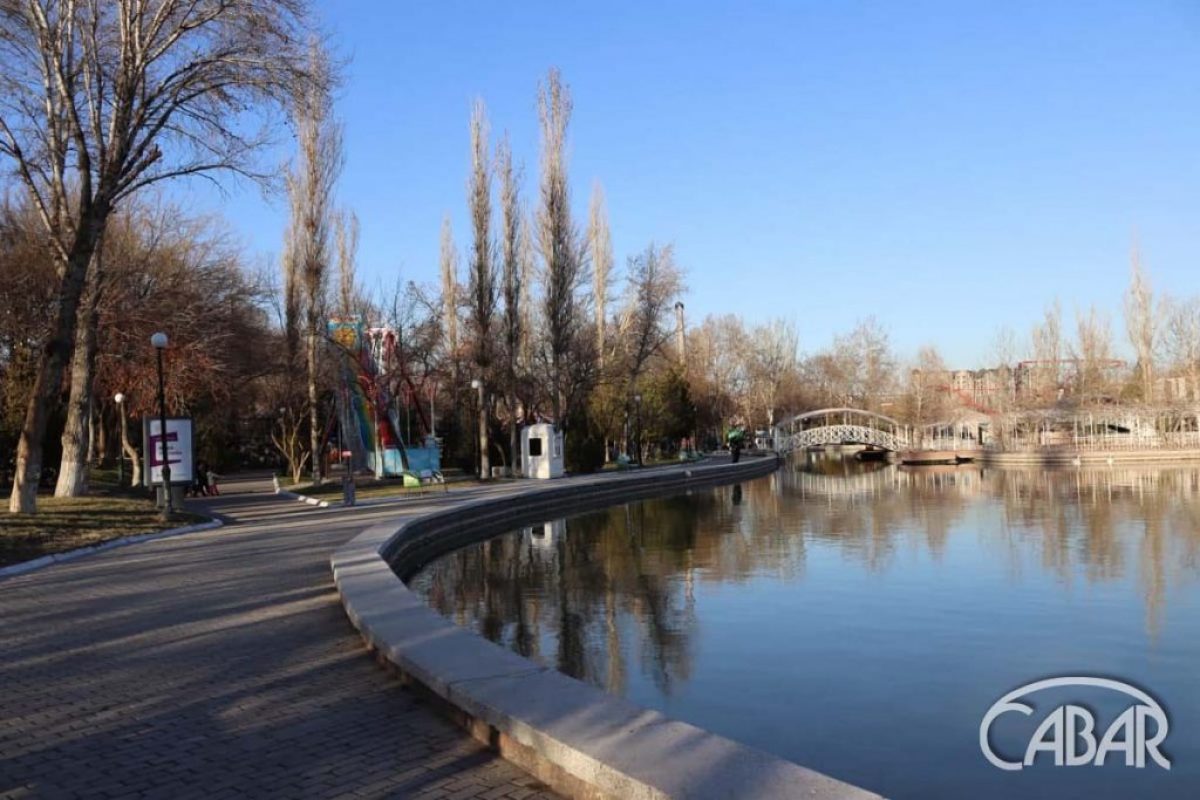The residents of the Uzbek capital want to have green parks with playgrounds in their city, but the authorities see these places only as the source of income.
Follow us on LinkedIn

Discussions around the “Blue Domes” park in the centre of the city don’t subside all February in Tashkent.
President Shavkat Mirziyoyev ordered to build the complex “Istiklol” (independence) in honour of 30 years of sovereignty of Uzbekistan. In early February 2021, the khokimiyat of Tashkent announced the competition for the creation of the future complex project. The square behind the TSUM in the “Blue Domes” park was selected as the construction site.

The urban community and environmental activists protested against this idea as they do not believe that the green area will remain unchanged during the construction.
On February 13, the meeting was held in the park of discord regarding construction of the stele. A numerous group of officials headed by the khokim of the capital, Dzhakhongir Artykkhodzhaev, took part in it on behalf of the authorities. He said that they were planning to install the stele instead of the complex and promised to keep all trees safe during the construction.
Environmental activists did not believe the mayor and reminded to him that the moratorium on extraction of high-value trees was introduced in 2019 and since then was breached many times, including by municipal bodies.
For example, in 2019 journalist and ecologist Natalia Shulepina was outraged because the authorisation for extraction of sycamores issued by the khokimiyat was overdue and invalid, but the perpetrators were not held accountable.
During the lockdown in 2020, when the residents of the capital were self-isolating, perennial trees were spontaneously extracted in Tashkent.
Unfortunately, the reasons produced by the activists remained unheard, the stele “Istiklol” will be constructed anyway. One of the representatives of the khokim said that democracy is “when the majority obeys the minority.”
Correspondents of CABAR.asia took a walk in the city parks and found out the condition of the green spaces of Tashkent.
No trees, but amusement
Back in 2016, just before the presidential election, Shavkat Mirziyoyev said the khokimiyat “owed” comfortable places for recreation to the residents of Tashkent.
And he promised to build eight parks for one year, including the “Disneyland equal to parks” on the outskirts of the city.
As it was found out later, he meant the renovation of existing parks. They decided to move the Disneyland to the centre of the city, where one of the oldest parks of the city “Lake Komsomolskoye” was located.

Concerned citizens and environmental activists protested against the project. However, amusement parks without any trees have emerged in the capital of Uzbekistan.

For example, the “Ashkhabad” park named after the capital of Turkmenistan. In 2018, the park was formally opened with participation of the leaders of two states.
“Ashkhabad” can hardly be called the favourite place of recreation for the residents of Tashkent. The problem is that it is impossible to stay in the park on summer days: there are no trees, the burning hot asphalt is everywhere. Famous Russian urbanist and blogger Ilya Varlamov called this park the “Turkmen explosive in Uzbekistan.”
The Tashkent City park looks the same. By the way, admission to both parks is charged.
Admission to Lokomotiv parks is free. Why? Because one can spend a good time here only in the evening.
Ambiguous investors and business projects

In 2019, the authorities leased the Gafur Gulyam park out for 49 years to some Singapore-based company BMP Smart Decision Private Limited, incorporated a few months earlier with the authorised capital of 720 dollars.
When a park zone development plan emerged in social media, the urban residents became very displeased with it. In response, the developer promised to invest 10 million dollars into the park and retain all trees and the style.

The park is still in the state of disrepair, the lake is dry, and the gates are locked. No works are in progress in its territory. Local residents fear that the investor may go back to the idea of development of the green zone.
Another oldest park of Tashkent – “Dustlik” (former Babur park) – is also in disrepair. The urban authorities deny the fact of park handover to the developer, while the relevant rumours have persisted for many years. So far, the park symbolising the friendship of the peoples residing in Uzbekistan is closed for indefinite renovation.
A successful example
Two favourite places of the Tashkent youth – Ecopark and Central Park – stand out among “naked” parks with amusement rides. They are related to the business structures of Orient Group (according to AsiaTerra, their co-owners are Rustam Inoyatov and Batyr Parpiev, former heads of the State Security Service and the State Tax Committee, respectively).
The Ecopark has children’s playgrounds and athletic fields, tennis courts and football and yoga fields instead of amusement rides.
The Central Park has the unique architectural style of the Soviet postmodern and the most valuable thing – trees. Comfortable conditions for persons with disabilities and parents with small children have been created here: a room for mothers with children, easy to use flights, toilets with ramps and raked stage.
Heritage of Karimov
The total extraction of trees started during Islam Karimov, the first president of Uzbekistan. During his ruling, in 2009, the trees in the Amir Temur square were destroyed. From hearsay, it was his idea to set conifers instead of deciduous trees. As a result, thousands of sycamores, poplars were extracted in the capital and in the country as a whole, and fir trees were planted instead, many of which dried up under the flaming sun.
Another factor of tree destruction was furniture business. Famous public activist Abu-Ali Niyazmatov wrote on his Facebook account about illegal extraction of timber for the purpose of furniture business. Perennial expensive sycamores have become the first victims of the furniture sector.
During Karimov, all petitions of activists regarding this issue remained ineffective. With the new president, Shavkat Mirziyoyev, the moratorium on extraction of trees until 2020 was adopted in 2019 (later on, it was prolonged until the end of 2021). However, the prohibition was never valid.


